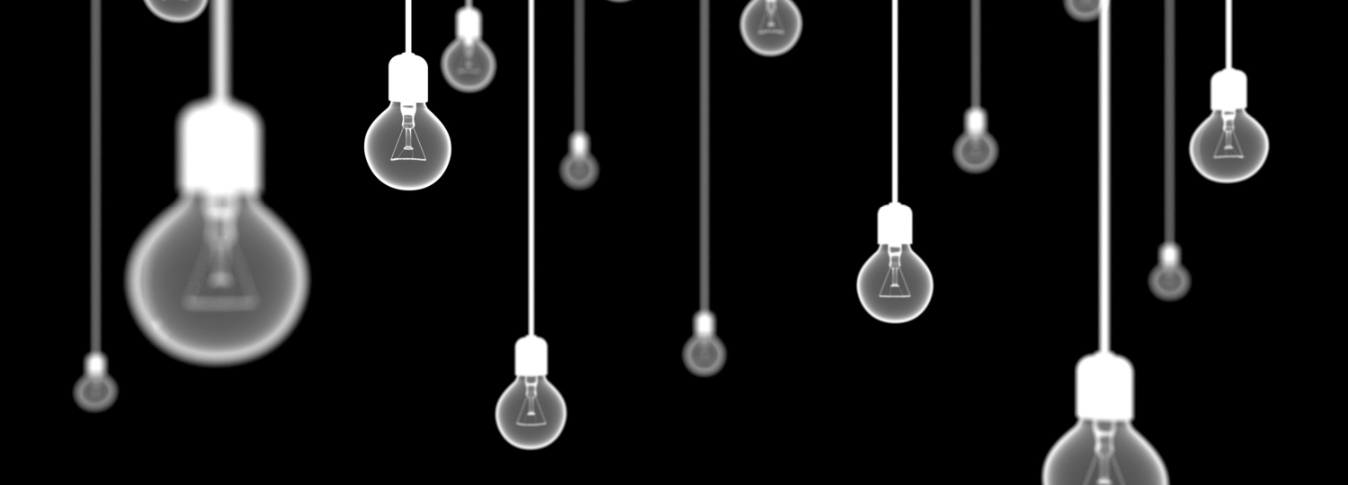Imagination vs. practicality. They may seem like they are at odds with one another; however, if designers can navigate between these two poles, they might be able to optimize their ability to produce creative insights and amazingly useful products.
A creative insight, or “aha moment,” comes as a solution to a problem or a clarification to the next step in a process. It is characterized by a significant surge of electrical activity in the brain, and immediately following this activity we are able to see how all the various parts of our solution fit together to make a cohesive whole.
Because aha moments are profoundly practical, many have attempted to control them, harness their power, and bend them to our will. Often, people try to shrink the amount of rest time needed for creative problem solving via caffeinated, productive development cycles.
These attempts fail because aha moments do not come from the will; neither do they come from the part of the brain involved in focus, attention, and control. We do not have control over aha moments. Our best strategy is to understand how the brain works, and specifically what happens in the brain before, during, and after aha moments, and design our creative processes accordingly.
Can we stimulate aha moments?
Methods that improve the creative process allow for the ebb and flow between focus and rest. They allow us to gather what we need to begin working on the problem, focus our attention on it for a healthy length of time, recognize when we feel stuck, step away from the problem, get comfortable, feel good, have dopamine flow into our prefrontal lobe, slip into a breadth-first processing mode, have that aha moment, feel unstuck, and move on.

In fact, some researchers believe that the very tension between actively working on a problem and stepping away from it to put the mind on idle is actually what spurs aha moments. This is only a hypothesis; however, we do know for certain that the brain on idle is a very powerful tool for creative problem solving.
We also know our emotions can help stimulate the occurrence of aha moments. Our emotions give us clues or hunches about possible solutions, and if we pay attention to and follow these hunches, we will often uncover the insight we were hoping to strike upon.
At Design Thinking Boutique, Ashley Karr designed the Aha Moment Cards™ to cultivate creative insights. The cards help to generate supportive, positive, encouraging, fun environments where minds can productively idle and prime themselves for aha moments.
Learn more:
Why unmoderated remote user testing is more reliable than every alternative
Join Ashley Karr in exploring and leveraging the aha moment process and stimulating environments that cater to your creative appetite as well as meet practical demands. Register for the Design Thinking and Aha! Moments webinar for free: http://bit.ly/1Pj5ekL




